I think this special issue broadcasts the wrong message about the Journal, and will foster misunderstanding about the relationship of science and politics.
Let me start with the relationship between basic and applied sciences. Basic science aims to be value-free. It seeks to describe the world as it is. I am not claiming that science generally achieves that aim. Science is a human enterprise and humans are biased, and it’s well-established that biases creep into science, in terms of the agenda set, the interpretation of theory and data, funding, etc. My point is that when such bias is exposed it is considered a criticism. A person claiming to do basic science aims to do it in a value-free way and so must either seek to remedy the bias or give up on the claim of behaving scientifically.
In contrast, applied sciences do not aim to describe the world, but to change it, leveraging findings from basic science. Because they seek to change the world, values are part-and-parcel of what they do. Saying “yours is a political enterprise” is not a criticism of an applied science—there must be a goal, and goals are selected based on ones values. (Naturally, one can behave in a biased manner when conducting applied research, and then deny those biases. That’s a different matter.)
The “Aims and Scope” statement of the Journal of Learning Sciences make clear that it publishes both basic and applied research, describing itself as a “forum for research on education and learning.” In an important sense, reading intervention studies have an implicit goal—the goal that children should read. A study that seeks to close the gender gap in higher education STEM course-taking has an implicit political subtext—men and women should be equally represented in these disciplines. These studies are in that sense political.
But it matters that these are political positions about which everyone generally agrees. As a journal editor (or thoughtful reader) you don’t need to think about viewpoint diversity when it comes to those goals. Everyone thinks children should learn to read. But once you’re including topics about which reasonable people do disagree, you’re in different territory.
I have three problems with a scientific journal plunging into political issues as the Journal of Learning Sciences has done here.
First, applying science to politics is a fraught business. Science is powerful. It is perceived by most of the public as epistemically special—that it’s a better way of understanding the world than others. It’s a problem when a group cloaks its argument in the special status of science to further an essentially political point of view. The fact that we know scientists, like everyone else, are subject to unconscious bias in their work ought to make us worried about that possibility. Those who undertake to apply science to politically controversial issues ought to show self-awareness that they have embarked on a different sort of project, and they ought to take steps to ensure that they are thoughtful about the special problems this work poses.
The very fact that this special issue is being published by a journal that does not routinely handle papers on these topics indicates the editors think there is not anything different about them. They are sending the message “sure, politics is in the purview of our journal. This is what we do. Reading, politics…it’s all the same.”
Second, the Journal of Learning Sciences did not issue an even-handed, open-minded call for applications of the learning sciences to political problems. The call refers specifically to furthering progressive social movements, and it includes a list of issues that those on the political left consider most important, with no mention of issues that those on the right find most important: Islamophobia yes, but not bias against evangelical Christians. Settler colonialism, but not the rights of the unborn. Rather than identifying controversial issues and seeking viewpoint diversity, the Journal is signaling quite clearly who is welcome and who is not. This is a mistake. Science is about open debate, not exclusion.
My third issue with the call for papers grows out of the second. This call is not only bad science, it’s bad publicity. The academy is already under suspicion for having a left-leaning political agenda and foisting leftist groupthink on students. That suspicion grows partly from the fact that professors, as a group, lean left. This doesn’t mean that progressives should abandon important work to protect the tender feelings of conservatives. There are journals devoted to education that declare a particular view of politics in their mission statements and obviously there should be such journals. This sort of call for papers belongs in such a journal. It does not belong in the Journal of Learning Sciences or any other that purports to be devoted to science.
Note: This blog began as a Tweet, but I should have known better than to use that forum. I obviously was not clear, as people quickly wanted to let me know that scientists are biased, though I thought I had acknowledged that. More peculiar was the suggestion by several Tweeters that because scientists cannot be neutral, they may as well own their biases and stop pretending. It’s peculiar because it suggests a change to a cornerstone feature of a method that has been very successful for the last few centuries, and because the logic seems to be “if you can’t *completely* remove something undesirable, you may as well add more.”
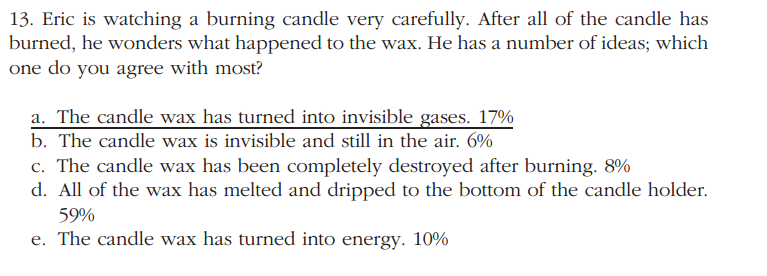
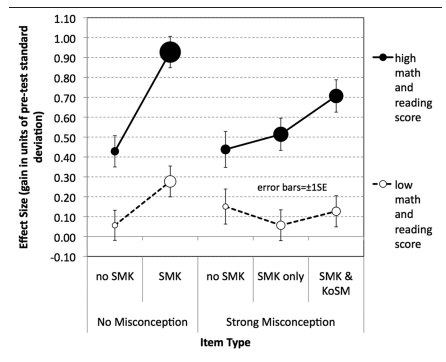
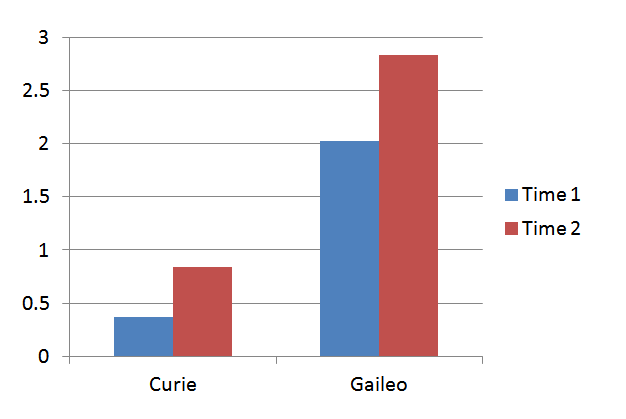
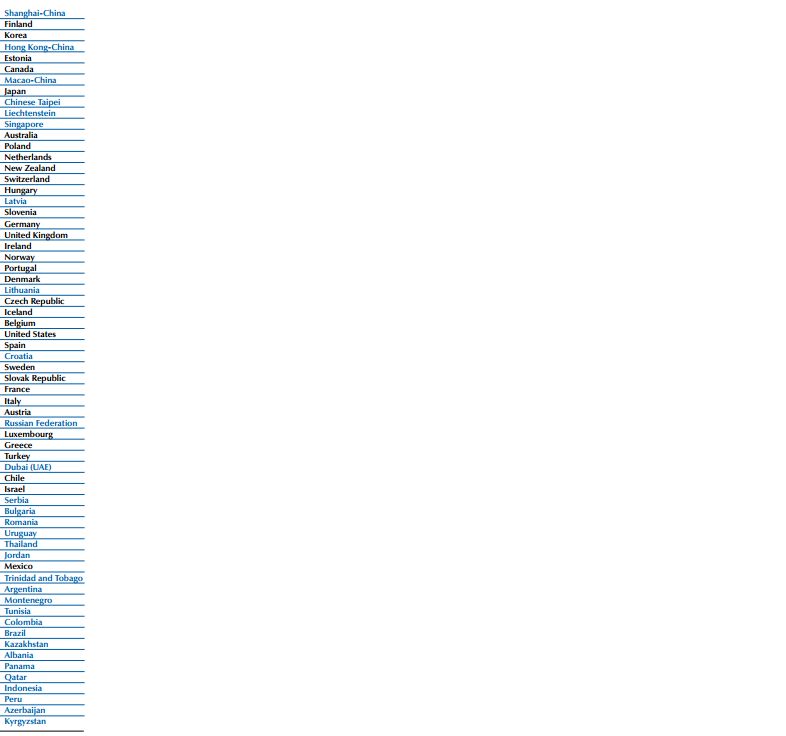
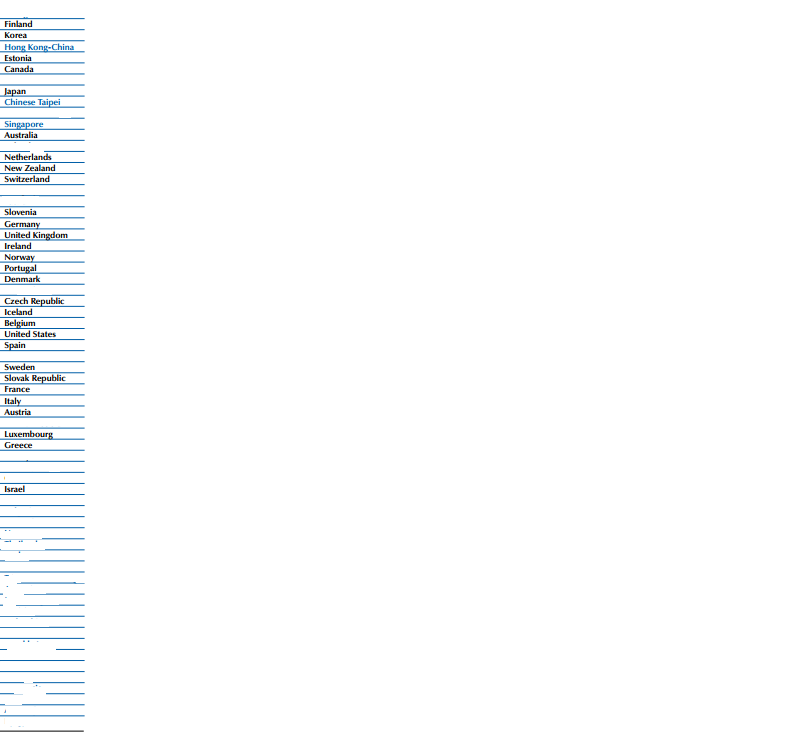

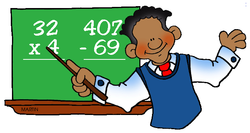

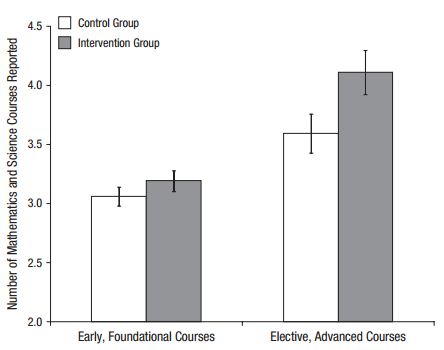
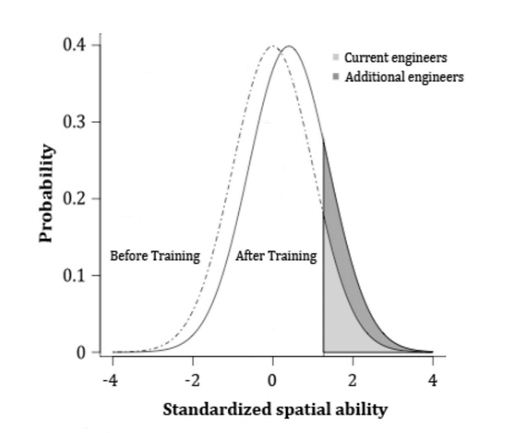
 RSS Feed
RSS Feed